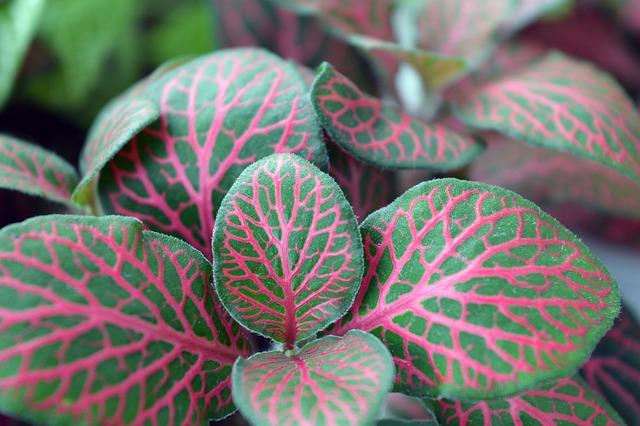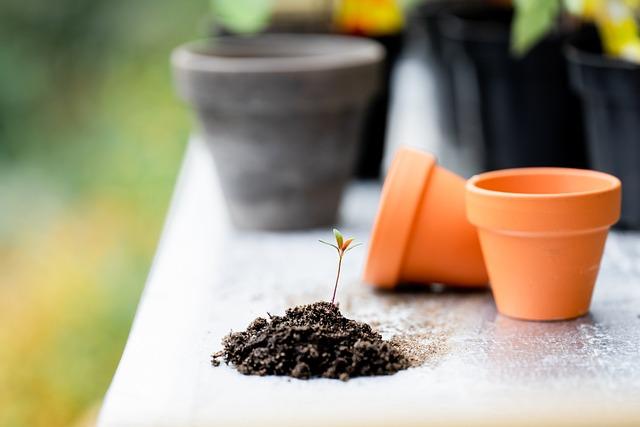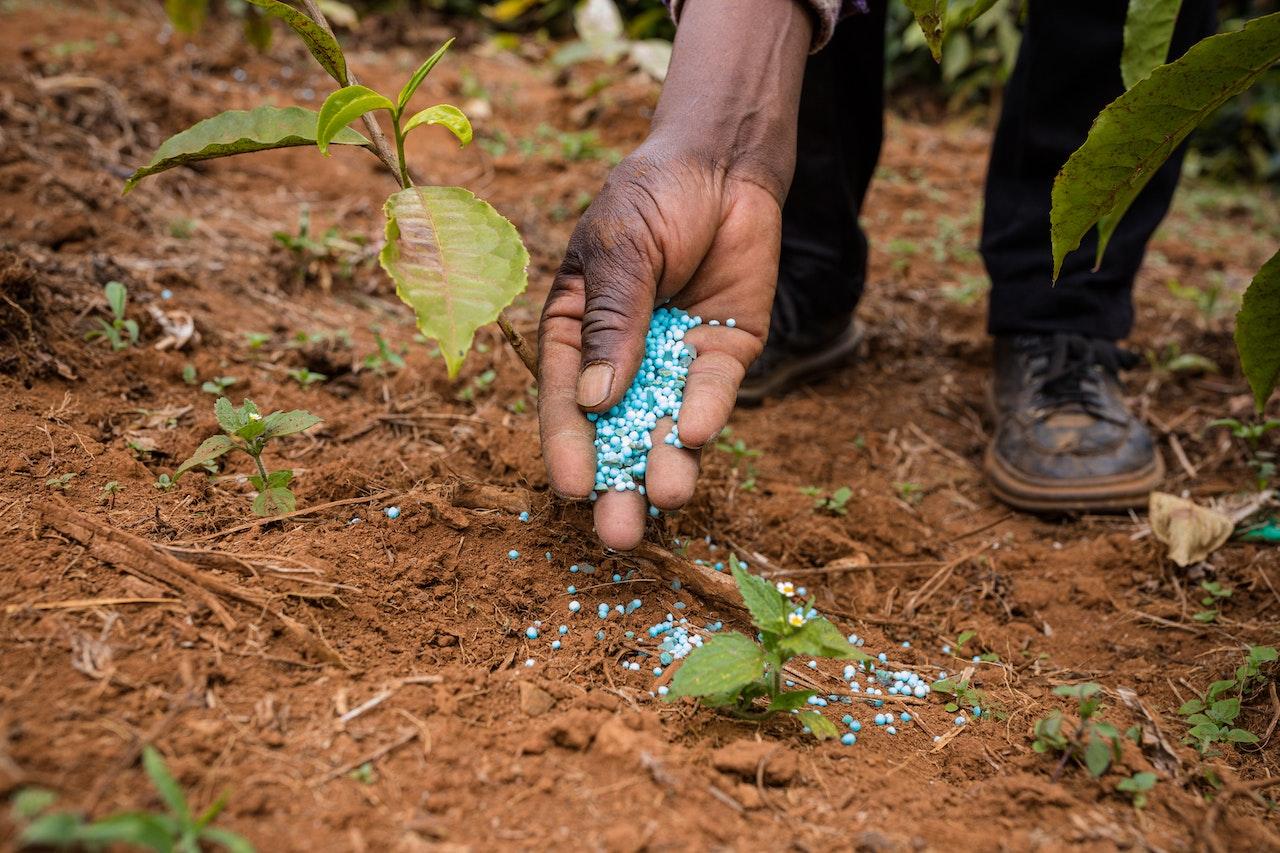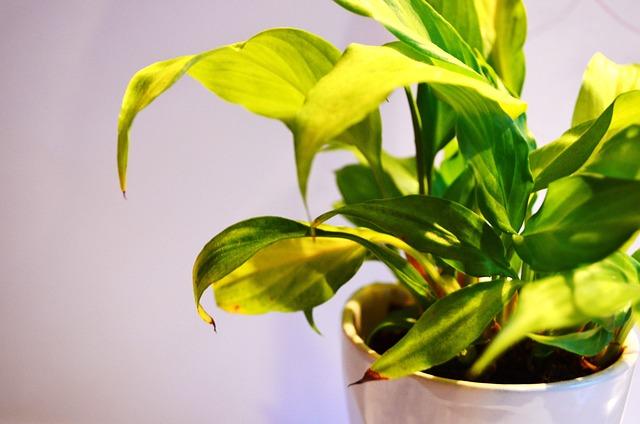Many people understand the act of planting but not all know the best conditions for growing resilient plants. Indoor plants need the basic conditions to grow but you have to know the best conditions that will improve their growth rapidly.
Thus, this is a guide that includes the right conditions for growing resilient plants without stress. We’ve also included some secrets that will make planting easy for you and develop your plants in no time.

The Benefits Of Growing Resilient Plants Indoors
Growing resilient plants indoors has many benefits.
- Resilient plants are better able to withstand pests and diseases, and they require less water and fertilizer. They also produce more oxygen and improve indoor air quality.
- Resilient plants are better able to withstand pests and diseases.
- These plants require less water and fertilizer.
- Resilient plants produce more oxygen.
- Resilient plants improve indoor air quality.
The Right Conditions For Growing Resilient Plants Indoors
- Light – Resilient plants need a lot of light in order to grow properly. If you don’t have enough light, your plants will become weak.
- Temperature – Resilient plants prefer a warm temperature in order to grow properly. If it’s too cold, your plants will become dormant and might not grow back.
- Water – Resilient plants need to be watered regularly in order to grow properly. If you don’t water your plants, they will become dehydrated and might not recover.
- Soil – Resilient plants need well-draining soil in order to grow properly. If your soil is too dense, your plants will become waterlogged and might not survive.
- Air – Resilient plants need a lot of fresh air in order to grow properly. If your grow room is too humid, your plants will become moldy and might not recover.
The Right Soil For Growing Resilient Plants Indoors
The type of soil you use will depend on the type of plant you are growing. For example, cacti and succulents need well-drained soil, while ferns and other moisture-loving plants need soil that retains moisture.
- When choosing a potting mix, make sure to read the labels carefully. Some potting mixes are designed for specific types of plants. For example, there are mixes for cacti and succulents, as well as mixes for African violets and other houseplants.
- In general, you want a potting mix that is lightweight and well-drained. Avoid using garden soil, as it is too heavy and can compact easily, which can lead to problems with drainage.
The Right Container For Growing Resilient Plants Indoors
Indoor plants are a great way to add some life to your home, but they can be tricky to care for. One of the most important things to get right when growing indoor plants is the container. The right container will help your plant to thrive and be more resilient to pests and diseases.

Here are some things to consider when choosing a container for your indoor plants:
-
Size
The container should be big enough to accommodate the roots of your plant. If the roots are too cramped, the plant will be stressed and more susceptible to pests and diseases.
-
Drainage
The container should have drainage holes to allow excess water to drain away. If the container does not have drainage holes, the roots of the plant will become waterlogged and may rot.
-
Material
The material of the container can affect how much water it retains. porous materials like terracotta and wood will allow the soil to dry out more quickly, while non-porous materials like plastic will retain more moisture.
The Right Fertilizer For Growing Resilient Plants Indoors
The best fertilizer for your plants depends on the type of plants you are growing and the stage of growth they are in. Besides, it’s advisable to be limited in your application. Over-fertilizing can actually damage your plants. The key is to find the right fertilizer for your plants and to use it correctly.

Credit: Pexels
There are many different types of fertilizer available. The three main types are organic, inorganic, and slow-release.
-
Organic Fertilizers
Organic fertilizers are made from natural materials such as compost or manure. They release nutrients slowly and are less likely to burn your plants.
-
Inorganic Fertilizers
Inorganic fertilizers are made from synthetic materials and release nutrients quickly. They can be more difficult to control and may burn your plants if you use too much.
-
Slow-release Fertilizers
Slow-release fertilizers are a mix of organic and inorganic materials. They release nutrients slowly over time, which makes them less likely to burn your plants.
The Right Lighting For Growing Resilient Plants Indoors
If you want your plants to grow resiliently indoors, you need to provide them with the right lighting.

Here are some tips to help you choose the right lighting for your plants:
- Consider the type of plant you are growing. Some plants need more light than others. For example, succulents and cacti need bright light, while ferns prefer lower light levels.
- Think about the location of your plants. If they are near a window, they will get more light than if they are in a darker corner of the room.
- Choose the right type of light bulb. Incandescent bulbs produce more heat than fluorescent bulbs, so they are not ideal for growing plants.
- Place your plants at the appropriate distance from the light source. If they are too close, they may get too much light and become damaged.
The Right Temperature For Growing Resilient Plants Indoors
You might think that the best way to grow resilient plants indoors is to keep them in a warm environment, but that’s not necessarily the case. While plants do need warmth to grow, they also need exposure to cooler temperatures in order to become resilient.
- One of the best ways to ensure that your plants are getting the right temperature is to create a temperature gradient. This means having a warm area for your plants to grow in and a cooler area for them to rest in.
- During the day, your plants should be in a warm area. This will encourage them to grow. Then, at night, you can move them to the cooler area. This will help them to rest and recover from the day’s growth.
- The ideal temperature gradient for growing resilient plants indoors is between 68-78 degrees Fahrenheit during the day and 55-65 degrees Fahrenheit at night. By creating this temperature gradient, you’ll be giving your plants the best chance to grow strong and resilient.
The Five Secrets To Growing Resilient Plants Indoors
1. Start with good-quality soil.
The quality of the soil is very important for the growth of resilient plants. Make sure to use high-quality soil that is rich in nutrients.
2. Make sure your plants have enough light.
Plants need light to grow and thrive. Make sure to place your plants in an area where they will receive enough natural light. If you are growing plants indoors, you may need to use grow lights to provide the necessary light.
3. Water your plants regularly.
Plants need water to survive. Water your plants regularly, making sure to keep the soil moist but not soggy.
4. Feed your plants the right amount of fertilizer.
Fertilizer is important for plant growth. However, too much fertilizer can be harmful to plants. Make sure to follow the manufacturer’s instructions when applying fertilizer to your plants.
5. Pest and disease control.
Pests and diseases can harm or even kill plants. Make sure to regularly check your plants for signs of pests or diseases. If you see any, take immediate action to control the problem.

Bonus Tips
- Place your plant in a bright spot near a window.
- Water your plant regularly, but do not over-water it.
- Fertilize your plant with organic plant food.
- Prune your plant regularly to encourage new growth.
- Keep an eye on your plant for pests or diseases and take action accordingly.
Frequently Asked Questions
- What is the best way to water resilient plants?
The best way to water resilient plants is to use a drip irrigation system.
- What type of soil do resilient plants need?
Resilient plants need well-draining soil.
- What is the best way to fertilize resilient plants?
The best way to fertilize resilient plants is to use a slow-release fertilizer.
- How much light do resilient plants need?
Resilient plants need at least six hours of direct sunlight per day.
Conclusion
Growing plants takes time, and even the most resilient plants can’t grow overnight. So, you need the secrets to grow your resilient plants easily and healthily. We’ve highlighted the secrets above with the right conditions for your plants to grow. If you keep these secrets in mind, your plants will grow healthily in no time.
Michelle Wilde
Related posts
![]()
About Michelle Wilde
Michelle Wilde is a stay-at-home mom and avid plant lover. Armed with a post-graduate degree in Computer Science (no kidding!), she loves researching plants and landscapes. When she is not caring for her 4 kids, she spends time on her passion for plants. She blogs at www.indoorplantschannel.com, the trusted source for indoor plants.
Learn more
Subscribe
* You will receive the latest posts and updates about indoor plants!
Search
Recent Posts
Categories
- Beginner Guides (10)
- FAQ (206)
- General (2)
- How-To Guides (212)
- Indoor Plants (214)
- Pest Management (2)
- Plant Problem Solutions (4)
- Seasonal Growing (2)
- Specialized Environments (2)
- Specific Plant Care (3)
- Technical Growing (2)